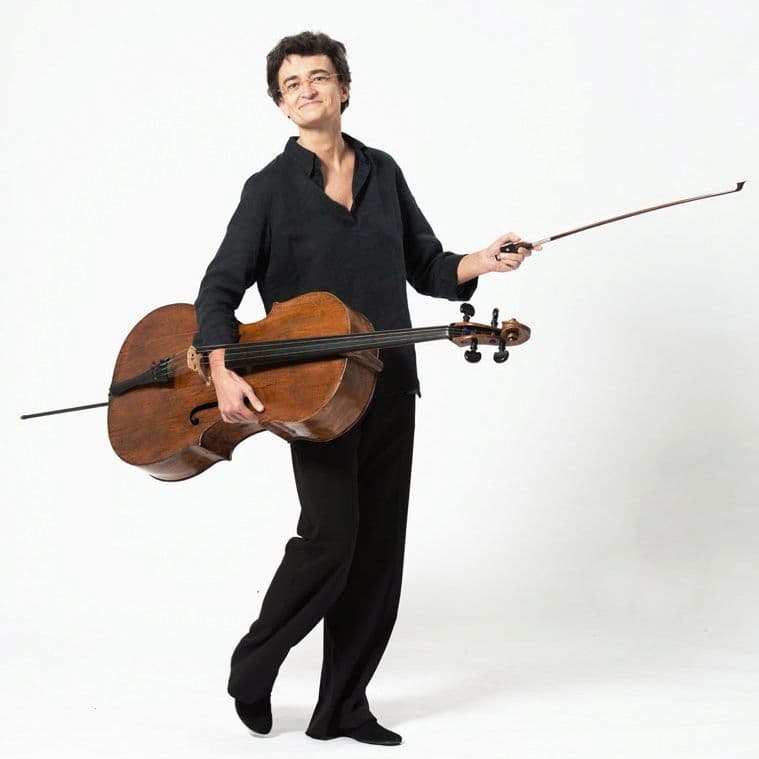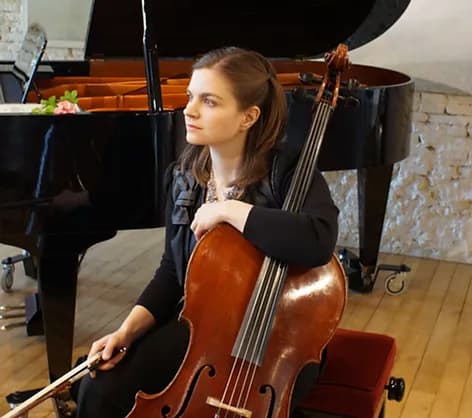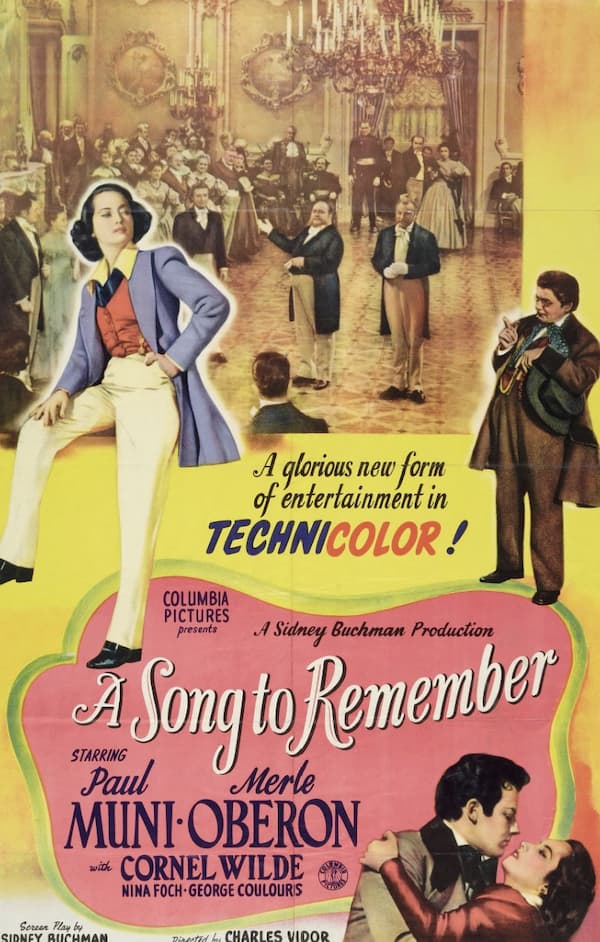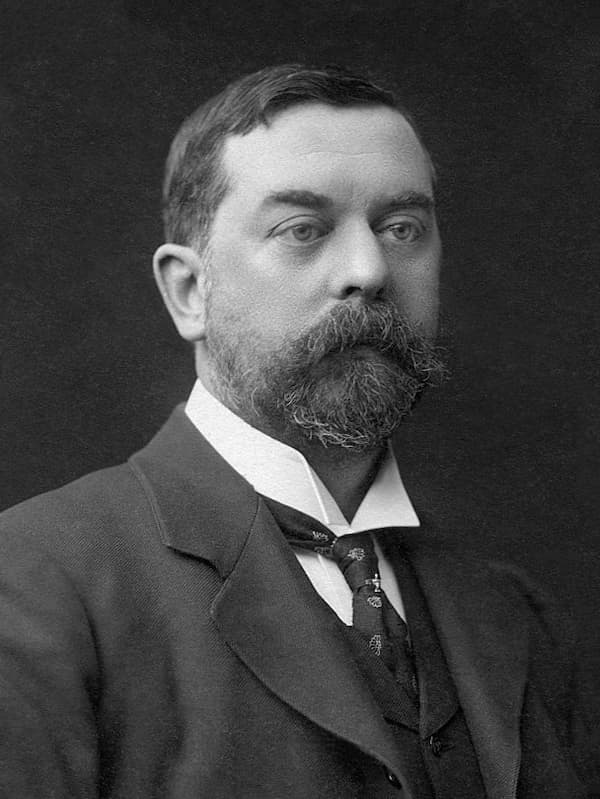The trio of Valérie Aimard and Antonina Zharava on cellos and Cédric Lorel on piano brought to music education a unique new standard. In 2018, they created the YouTube Channel Cello Kids. From its first concept to its recording in May and September 2019 and its upload in September 2019, it’s been an active center for all things for learning the cello.

Cello Kids
We’ve been following this channel for a while (Expert Examples: Cello Kids. Interview – June 2020) and have seen it evolve from the repertoire of the first cycle of cello (grades 1–4) to a collection of 133 works that start with the academic repertoire you need for learning the instrument, through the romantic cello works of the 19th century, to the higher levels with the encore pieces of Fauré and Elgar, contemporary works for solo cello, and duets for cellos. Cellists and pianists work together to bring an extensive repertoire to life.

Valérie Aimard (photo by SteveMurez)
Its audience comes from 65 countries and may include anyone from a seven-year-old beginner to an experienced player aged 77 – students, amateur cellists, and music lovers are all part of the audience. Teachers have written in to say how useful they find the videos, both for reviewing familiar works in new hands and for finding new repertoire. Students visit the videos again and again, watching for the details of bowing, fingering, vibrato, and interpretation. All three performers teach at the Conservatoire Maurice Ravel in Paris and bring expertise and experience to the channel that takes it to a level that few other educational music channels attain.

Antonina Zharava
This has resulted in the channel achieving a remarkable 1 million views. Not remarkable for a music channel, but remarkable for such a focused music channel. There are 5.58 thousand subscribers which is just a small indication of how popular music education can be!
In making the videos, the trio had intense discussions about how to make them more inviting. Humour and fluffy toys have their part. The development work was intense and the filming was very condensed: Professor Aimard thought that what they were able to produce in a year was probably equivalent to 4 or 5 years of work. The COVID lockdown helped grow its popularity, of course; these cello teachers could be available whenever and wherever they were needed.

Cédric Lorel
We asked what was the most favourite piece and, to our surprise, it wasn’t Bach or any of the standard cello works, but a work by August Nölck, one of the German Romantics. His work Légende, No. 4 from the 10 Original Pieces, Op. 116, is part of the ABRSM Grade 5 pieces. First published in 1905, it’s a work for young cellists to work on the first four positions of finger placement, legato, and vibrato.
A.NÖLCK: Légende – 10 Original Stücke for cello and piano
38 thousand views later, it’s the top work on the Cello Kids site. Other works float in and out of the top spots as students encounter them in their work.
In watching the Cello Kids videos, cellists will find some of the secrets of performance – how to be self-contained and yet expressive, how to find the freedom of the instrument and the joy of performance, and how to close with an eloquent gesture. Professor Aimard said that a lot of the preliminary work for the video sessions was done with practice in front of a mirror. A visual appeal, moderating the speed of performance, and avoiding the dryness of the purely didactic in favour of accessibility were all important and have been part of the channel’s success.
The channel’s humour helps put the pieces across – is this Paul Tortelier’s cello duet about Siamese cats, performed by two cat-cellists?
P. TORTELIER : Siamois pour 2 violoncelles tempérés
A doll dressed for the Venice Carnaval illustrates Ronchin’s Danse vénitienne.
F.RONCHINI: Danse vénitienne pour violoncelle et piano
A work from the beginner’s collection Waggon Wheels, ‘Goldfish Bowl’ has some fish in an unusual position.
WAGGON WHEELS: Goldfish Bowl for cello and piano
We concluded our interview with Valérie Aimard by asking what was next? She has completed another YouTube channel, Only Cello, which covers solo cello music from the Baroque to newly commissioned works. These 65 works were equally, if not more difficult to capture: the repertoire is expanded and the technical demands higher for the performer. As a more specialized channel, it has a more limited audience, but it serves as an exceptional library for the solo cello repertoire. It’s a hidden place where both cellists and listeners can discover new composers and repertoire.
Antonina Zharava, in addition to her teaching, is a member of Trio ARK, which released the CD Escales in 2018.
Cédric Lorel brings his expertise to the repertoire with not only his long experience as an accompanist but also his side interest in performing in the tango group Quatour Caliente.
Join the million people who have discovered Cello Kids – even if you’re not a cellist, it’s one place on the web where you can hear lovely works on one of the most beautiful of solo instruments.
For more of the best in classical music, sign up to our E-Newsletter



